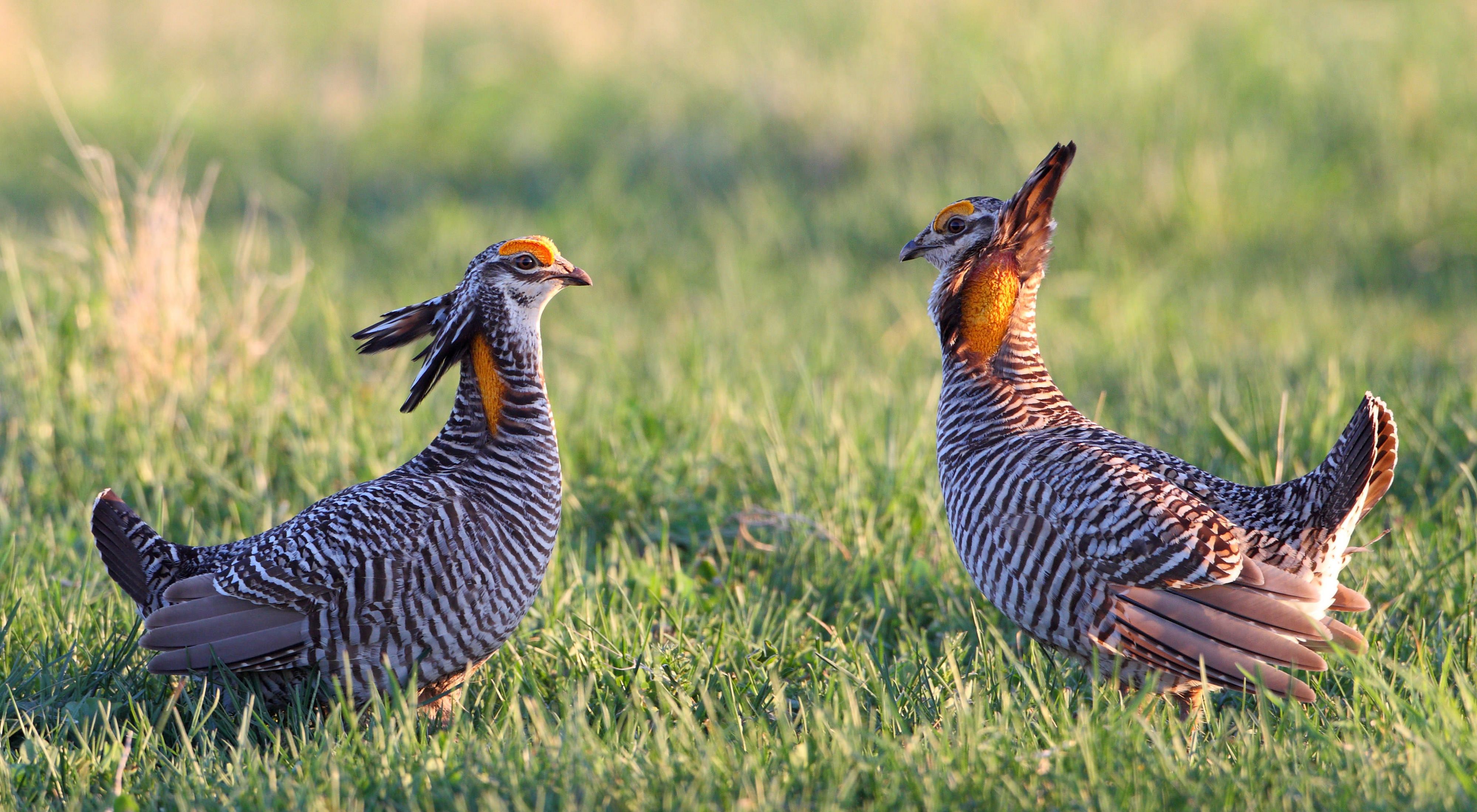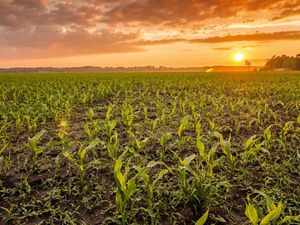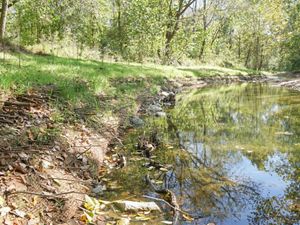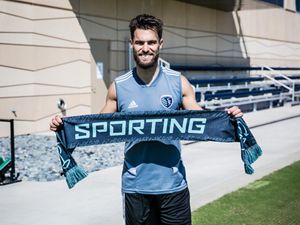Prairie Chicken Q&A
In spring, a prairie chicken's thoughts turn to love…and boy, does he let everybody know it!

Doug Ladd is the former director of conservation for The Nature Conservancy in Missouri. He has been involved for more than 25 years with conservation planning, natural-area assessment, management, restoration and research, with particular emphasis on vegetation, ecological restoration and fire ecology. He is author of two plant field guides—North Woods Wildflowers and Tallgrass Prairie Wildflowers—and numerous articles and reports.
The unique mating call of the male greater prairie chicken—known as "booming"—and his strange accompanying dance draw crowds of people every spring to view the spectacle at prairie-chicken mating grounds across the Midwest.
But severe habitat loss, disease, and other threats continue to limit the spectacle to pockets of land such as The Nature Conservancy's Dunn Ranch Prairie on the border of Missouri and Iowa, part of a 70,000 mile area called the Grand River Grasslands.
Doug Ladd filled us in on what it's like to watch a prairie chicken booming at Dunn Ranch Prairie...and how TNC is working to expand the habitat of this iconic American species.
TNC: What does the "booming" sound and look like?
Doug Ladd: It's this haunting kind of low resonance—like somebody blowing across the top of an empty bottle. But the distance it carries is phenomenal. I've heard that sound wafting across the prairie from a mile-and-a-half away.
The dance is also an amazing thing to see. They inflate their pinnae feathers and their throat sacs, and then they kind of crouch down and pop their tail feathers all at once—boom! And they start stamping and rotating in a half-circle one way and another, and make runs at one another.
It's like a great big prairie chicken singles bar, dozens of males all competing for the attention of the female.
TNC: What makes for a good booming ground?
Doug Ladd: Prairie chicken leks [the name for these communal mating arenas] require fairly short vegetation so the birds are prominently visible and can spot predators. There's also speculation that the lek sites have a resonation component—it's a landscape where their calls can carry for long distances.
Historically, lek sites were often grazed or trampled, presumably by bison. We're using the characteristics of the sites that work to build a spatial and vegetational profile of what a good booming ground might be.
TNC: But the prairie chickens are also moving through private farmland throughout the year, aren't they? How effectively can you conserve a species that's not always on a Conservancy preserve?
Doug Ladd: You're right—we can create these crown jewels of habitat on our own preserves, but these are motile, area-dependent species that need big blocks of land. They're pretty amazing birds. You see them waddling around, doing this semi-comical dance, but they can fly several miles no problem.
The private agricultural producers hold the fate of the prairie chicken in their hands. Fortunately, a lot of private producers are linked to the land by generations of their family, and they care deeply about the land. They have a strong commitment to sustain these icons of natural heritage that make this part of the world unique.
We're working with them to apply a broad view of the landscape. We're asking them: What can we do to ensure our children will see these prairie chickens booming every spring? We're not trying to create a divide between nature and farm, but instead, are trying to integrate ecological and economic concerns at varying degrees of appropriateness across the landscape.
TNC: What have been the major threats to the prairie chicken?
Habitat destruction is one of the major impacts. We've taken away more than 90 percent of the home of the prairie chicken by plowing under tallgrass prairie for agricultural use.
It's not as simple as a plowed field, though; in fact, a small amount of agriculture may actually benefit the birds. But if you neglect to provide the processes to which the habitat evolved and is attuned—such as fire—then invasive species and forests can come in and have a negative impact on native species.
In Missouri, a lot of grazing agriculture is conducted on tall fescue—an Asian grass that provides minimal habitat for prairie chickens. There's also speculation about diseases and nest parasitism by ring-neck pheasants.
And the prairie chicken requires different kinds of habitat at different stages of its life: fairly tall grasses with litter for nesting and escape cover, but also vegetation that's not a tall grass thicket for the young to run around in. It's a complicated situation, and when you start to tease it apart, there's no one single need.
TNC: So how is TNC approaching these issues in Missouri?
Doug Ladd: A critical part of what we do on the Great River Grasslands is restoring high-quality tallgrass prairie. We have a couple thousand acres, and we're working to aggressively restore it, converting land back to prairie using a diverse mix of locally produced seeds, as well as seeds harvested at Dunn Ranch Prairie.
We're also working intensively to remove invasive woody vegetation and invasive species. And we're buying some lands bordering our high-quality prairies, putting conservation easements on them saying you can only use this land for sustainable grazing, and then putting them back on the open market.
TNC: Can we say the prairie chicken is making a comeback in Missouri and Iowa?
Doug Ladd: We've had exciting if initial sightings of these birds in restored habitats they wouldn't have been caught dead in ten years ago. And we've had a couple of confirmed sightings of several hundred birds clustered together, but we don't know where they've come from. The past few years we've seen some tough weather, which has impacted the population. We have also worked to relocate some birds from areas where they're more plentiful to augment the population at Dunn Ranch Prairie.
But without what we've done—without conservation activity—they'd be gone. We would have already lost the prairie chicken, and it's the icon of the tallgrass prairie. If it's lost forever, we've lost part of the richness of our lives.









